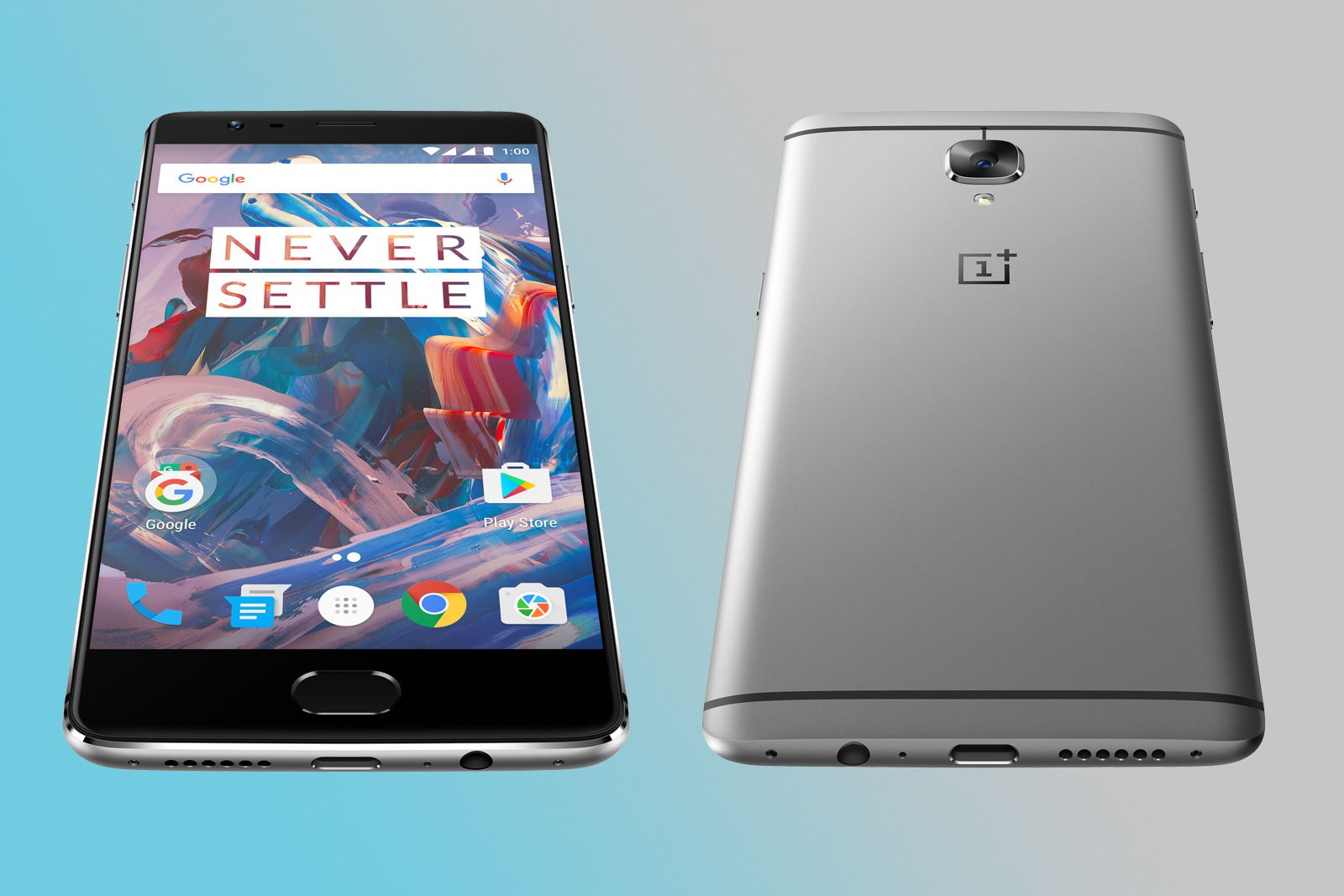OnePlus grabbed headlines when it launched its first smartphone in 2014 for a couple of reasons. Firstly, the OnePlus One delivered flagship specs for significantly less cash. Secondly, the Chinese company made the "flagship killer" desirable by introducing an invite system that consequently made the OnePlus One harder to get hold of than other smartphones.
Since the original OnePlus One, we have seen two more smartphones from OnePlus - the OnePlus 2 and the OnePlus X. Both follow the same lead as the OnePlus One by offering decent specs for a decent price, with the OnePlus 2 aiming at the flagships while the OnePlus X chases the mid-range. Now it's the turn of the OnePlus 3.
Launching via the medium of VR later today, but confirmed via a mail-out from Amazon India, here's everything you need to know about the new flagship killer.
OnePlus 3: Design
One of the notable features of OnePlus devices has been offering a premium build without the premium price. That was certainly true of the original OnePlus One, looking to distinguish itself from the cheap plastic devices it launched against. The OnePlus X pushed this angle heavily, offering a premium finish that matched much more expensive flagship devices.
The OnePlus 3 offers an aluminium unibody design, which on first glance looks like the sort of thing you'd expect from HTC, or more recently, Apple. It's cut from a single block of aluminium, so should result in a solid handset. The OnePlus 3 measures 152.7 x 74.7 x 7.35mm and it weighs 158g, which is pretty typical for this size of device.
There's a fingerprint scanner on the front of the handset, nestled into the Gorilla Glass 4 display cover. There's only a 0.755mm bezel around the display.
OnePlus has also retained the alert slider, as featured on the OnePlus X, similar to the iPhone's silencer button.
OnePlus 3: Display
OnePlus is using an Optic AMOLED display on the OnePlus 3, measuring 5.5-inches on the diagonal.
Unlike some of its rivals, the OnePlus 3 has a full HD resolution, so 1920 x 1080 pixels, for 401ppi. This is the same as the iPhone 6S Plus, but falls short of the 2560 x 1440 pixels that you'll find on some flagships, like the Samsung Galaxy S7 edge, for example.
As we said, the display is topped with Gorilla Glass 4, so should be well protected from scratches to keep it looking good.
OnePlus 3: Camera
The OnePlus 3 has a Sony IMX298 sensor at the heart of its rear camera, giving it 16-megapixels with a 1.12µm pixel size. That's small compared to a number of rivals - matching the recently launch Moto Z, for example. The argument is that larger pixels let in more light for better shooting in tricky conditions, but so often the deciding factor is the software processing, rather than the core hardware.
However, the OnePlus 3 offers optical image stabilisation, an f/2.0 aperture and phase detection autofocus, so on paper, the camera is every bit as sophisticated as any of its rivals.
Manual controls will be offered, as well as the convenience of auto HDR. OnePlus is also introducing a feature called Dynamic Denoise, a noise reduction technology to help give you cleaner results. The sample images we've seen so far have been impressive.
It will offer raw image capture, 4K video at 30fps and 720p slow motion at 120fps.
The OnePlus 3 has an 8-megapixel Sony IMX179 sensor on the front, offering 1.4µm pixels and an f/2.0 lens, which should be good for those low-light selfies. Unlike some rivals, there's no autofocus or OIS offered for the front camera.
OnePlus 3: Specs and hardware
When it comes to the hardware specs, the OnePlus 3 fires with both barrels. The OnePlus 3 is powered by a Qualcomm Snapdragon 820. That's the same chipset that's powering most of the top-tier handsets in 2016. However, the OnePlus 3 comes with 6GB of RAM, smacking down the 4GB that's common in most rivals. Exactly how that will impact on daily usage, we can't wait to find out.
Elsewhere the OnePlus 3 is dual SIM, offers all the sensors you expect, including NFC, which hasn't always been the case for OnePlus handsets. Yes, it even offers a 3.5mm headphone socket, unlike the recently-announced Moto Z.
There's 64GB of internal storage.
OnePlus 3: Battery
The OnePlus 3 has a USB Type-C on the bottom, supporting a technology that OnePlus is calling Dash Charge, citing 5V/4A power, to charge up the 3000mAh battery in no time at all.
Fast charging is now commonplace on Android handsets and in many flavours. You'll need to use the Dash Charger to get the best results, but charging quickly shouldn't be a problem.
We'd expect to get a full day usage from a single charge.
OnePlus 3: Software
Software is one area that OnePlus can differentiate from rivals, offering its Oxygen OS. This is essentially a skin over the top of Android Marshmallow, which this handset launches with.
Oxygen OS - like Samsung TouchWiz or HTC Sense - introduces a range of features and in the past has been best known for customisation.
This will offer things like OnePlus Shelf and custom icon packs, as well as a dark theme to save you from wasting battery life.
OnePlus 3: Price and availability
The OnePlus One cost £230 when it first launched, while the OnePlus 2 starts at £239 and creeps up to £289 for the larger storage capacity.
The OnePlus will cost $399 in the US or £309 in the UK and can be bought without an invite to purchase.
The OnePlus 3 will be available to order through the virtual world exclusively for those with the OnePlus Loop VR headset for the first two and a half hours of the launch. It will then be available to everyone on the OnePlus website from 20:00 BST on 14 June.
Read:
OnePlus 3 review: The flagship killer we've been waiting for

